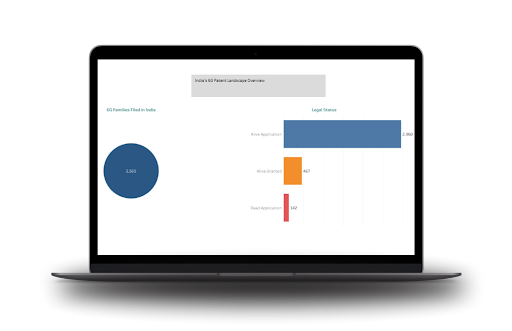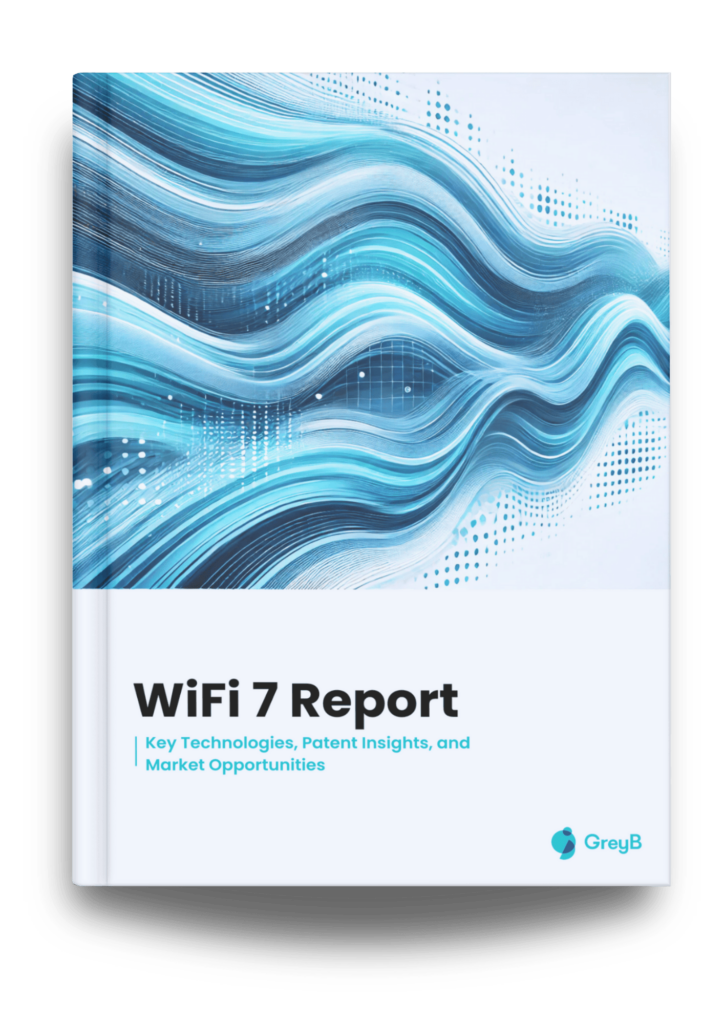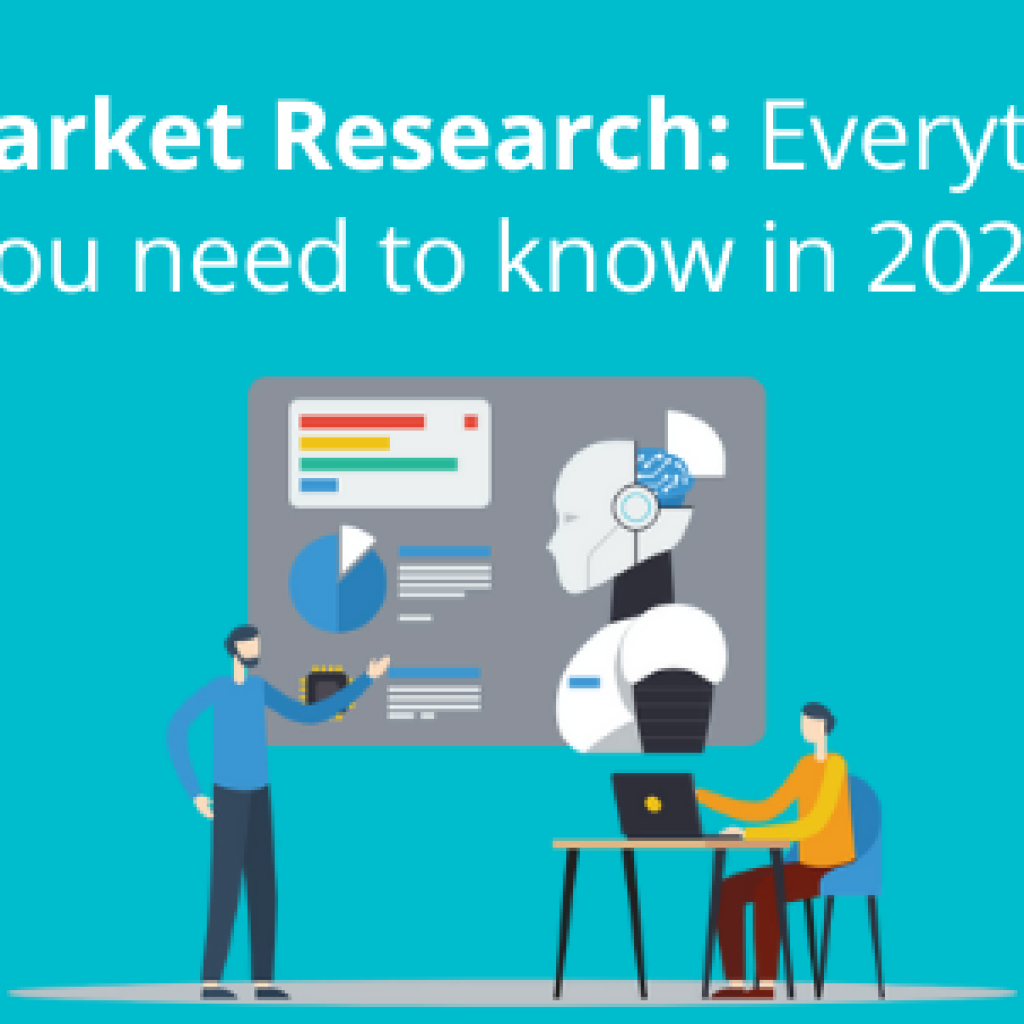The recent livestock disease outbreaks, such as the 2022 foot-and-mouth disease outbreak in Indonesia affecting thousands of cows, have showcased the importance of livestock welfare for dairy companies.
With a growing focus on animal welfare, products enhancing livestock feed quality and the lives of farm animals have surged. This includes organic and non-GMO foods, cage-free eggs, free-range chicken, and reduced hormone usage in dairy production.
The dairy industry is actively working towards Livestock welfare and innovating to monitor cattle health.
What’s New In Cattle Health Monitoring & Wellness?
Bovine Mastitis, a prevalent disease in dairy cattle, reduces milk production and quality issues. This disease costs the U.S. dairy industry approximately $1.7-2 billion annually, accounting for 11% of total U.S. milk production.
Labby, a startup based in the United States, tackles this problem by introducing a scanner that utilizes mobile spectroscopy to gather information on milk composition, including milk fat, protein, and somatic cell count (SCC). Elevated SCC levels indicate mastitis or infection, enabling farmers to treat the issue before it spreads or worsens.
In India, eFeed, established in 2021, offers AI-assisted feed recommendations to farmers. Through machine learning and data science tools, they provide predictive insights for optimal feed choices, maximizing milk output in cattle. Their specially formulated premixes contribute to improved digestion, increased milk production, and reduced methane emissions from the cattle.
Advancing in precision livestock farming, the EU-funded ClearFarm project delivers continuous real-time information on animal welfare. This technology can also enable consumers to access real-time details about the health of cows that produced the milk by scanning a QR code.
The Indian Government is Actively Collaborating with Companies for Livestock Welfare Management?
The lumpy disease has caused widespread devastation throughout India, resulting in a staggering death toll of over 100,000 in 2022, with the number continuing to rise.
The impact of this disease has not been limited to India alone; neighboring countries like Pakistan have also been affected.
In response to this dire situation, Indian government has collaborated with dairy companies such as Amul to combat the outbreak by implementing control measures and vaccination campaigns.
How did they do it?
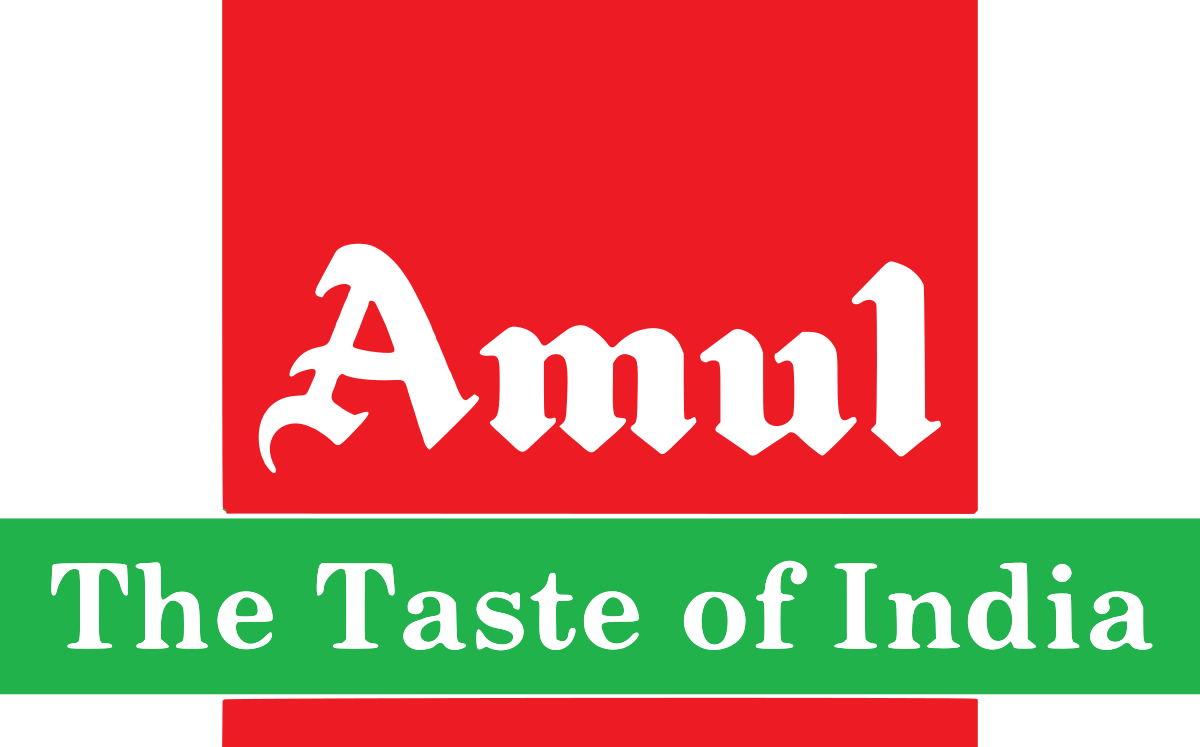
Well, until 2022, Amul worked closely with state governments and vaccinated approximately 3.3 million animals in affected areas. By creating a ring of vaccination and imposing movement restrictions on animals, the spread of the disease was effectively controlled.
Conclusion
Ensuring the health and welfare of livestock is not only ethically important but also crucial for the productivity and profitability of dairy farms.
Consequently, prioritizing livestock welfare has become essential for dairy companies to maintain consumer trust and meet the growing demand for ethically-sourced food products.
But that’s not all.
Our 2025 Dairy Trend Report reveals 7 other dairy innovation trends that will shape the industry.
Get your hands on the report!
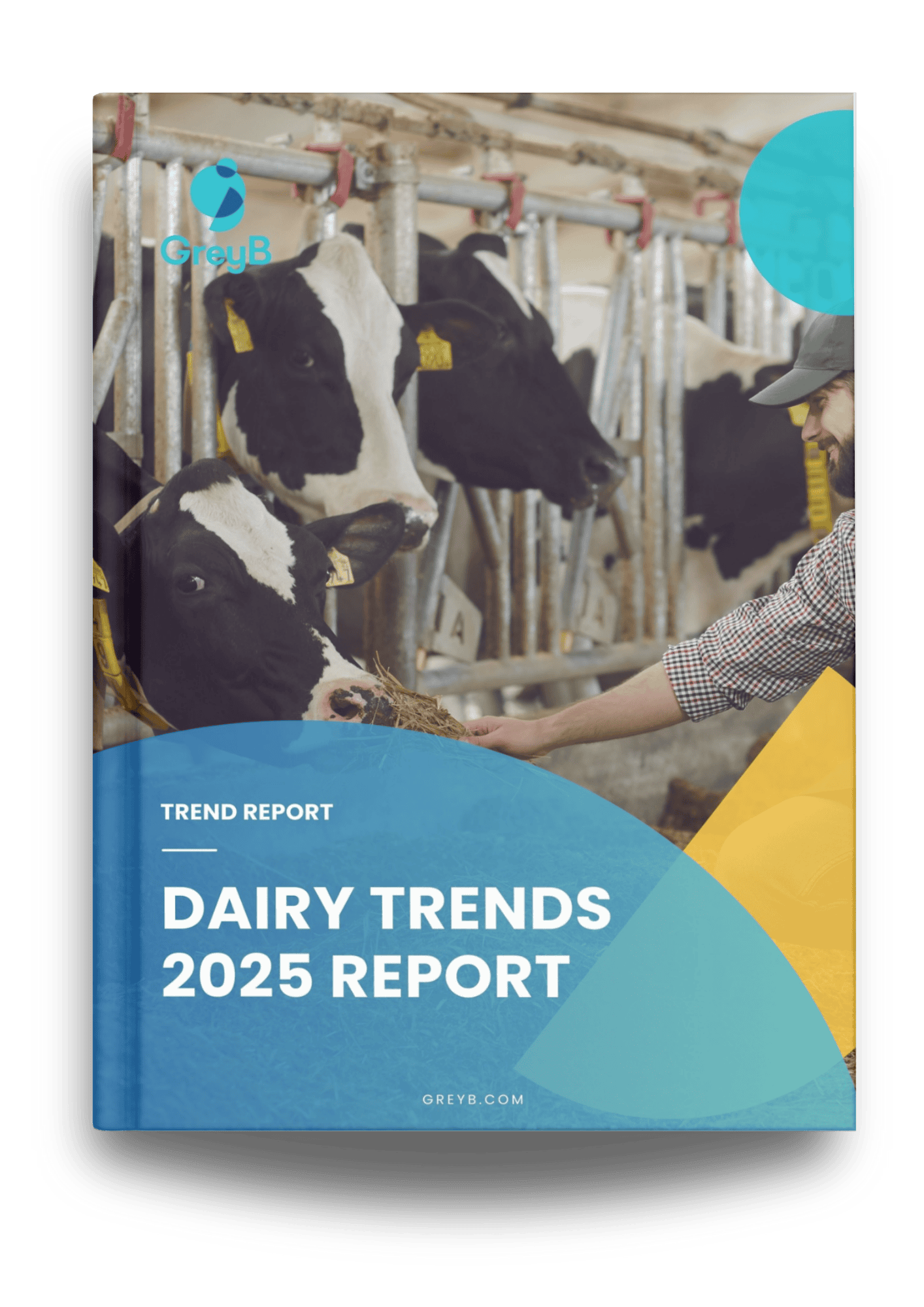
Dairy Industry Trends Report
Read the reportAuthored by – Harleen, Vanshika, and Nidhi, Patent Analytics
Edited by – Ridhima, Marketing
Also Read: A Closer Look at 8 Transformational Dairy Industry Innovation Trends in 2025
Next Read: Minimizing GHG Emissions: What are dairy Giants like Danone and Arla doing?



